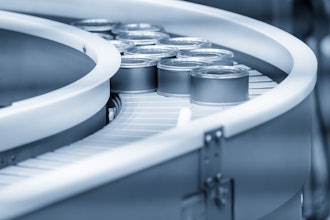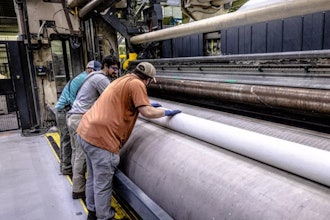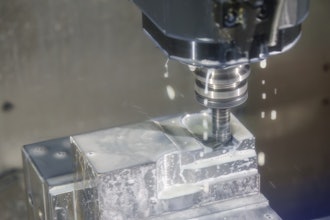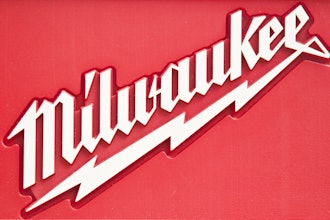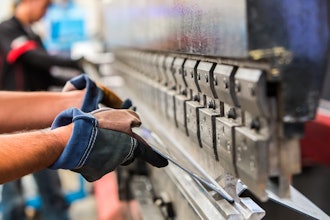According to a recent report by the Energy Management Institute (EMI), when compared to hydrocarbon fuels, alternative fuels are 29 percent more cost-competitive than they were three years ago.
By fuel, biodiesel is 29.2 percent more cost-competitive, ethanol is 17.4 percent, natural gas is 41.4 percent, electricity is 36 percent and propane is 21.3 percent, the report found.
“We looked at the relationship between the cost of each fuel and the amount of energy one could buy on a BTU equivalent basis and compared those values to their gasoline and diesel counterparts in each market,” said J. Scott Susich, Editor of EMI’s Alternative Fuels Index publication. “Next we had to look at the trends of those relationships to determine whether the results were atypical or part of a sustained pattern. In each case the data showed a continuing trend toward competitiveness.”
However, a study by Pavilion Technologies and Harris Interactive found that many drivers don’t know about the benefits and availability of biofuels and only five percent of adult drivers in the U.S. use biofuels.
Moreover, 44 percent admitted that they don’t understand the difference between biofuels and regular gasoline and one in four drivers who don’t use biofuel said they didn’t know what it is, according to the study.
“There has been tremendous innovation within the ethanol industry and manufacturers are using leading-edge technologies to produce more energy-efficient ethanol than ever before,” said Matt Tormollen, chief marketing officer, Pavilion Technologies. “The results of this survey demonstrate the critical need to make consumers aware of the benefits of ethanol – and then to actually make those alternatives available – in order to ensure the new supply meets demand at the local pump.”
Price, performance and location were cited by survey participants as key factors in their decision whether or not to use biofuels. Fifty-seven percent were unsure about the price of biofuels being higher or lower than gasoline, fifty-seven percent said they unsure whether their cars could run on biofuels and 47 percent were unsure where to buy biofuels.
While E85, a blend of 85 percent ethanol and 15 percent gasoline, is either lower or comparable to regular gasoline and most cars made after 1982 can run on it, fewer than 1,200 gas stations, or one percent of U.S. gas stations, carries it, the study said.
However, the study did find that 95 percent of drivers who do not currently use biofuels would be persuaded to switch if the price was lower, it was convenient and sold at their local gas stations.
Additionally, although 75 percent of the participants said they choose the cheapest fuel option, 47 percent said they would pay a premium for biofuels if they were proven to be more environmentally-friendly than gasoline.
For more information on the EMI report, click here.
For the Pavilion report, click here.











